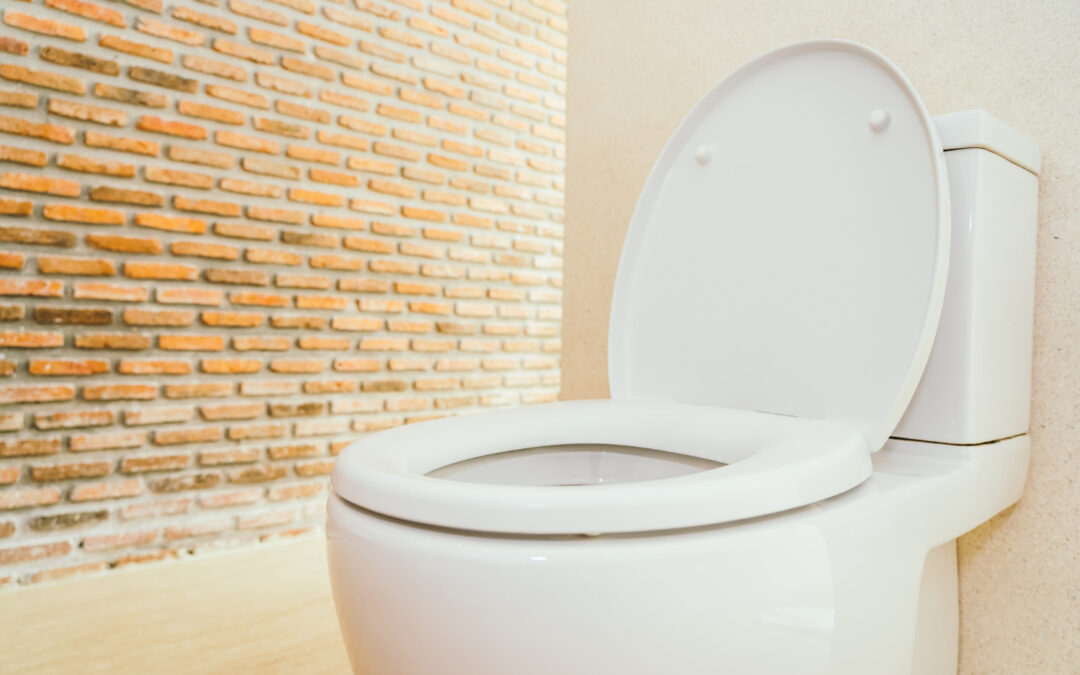Toilet overflows can be a real mess and cause panic quickly. They happen unexpectedly and can turn a simple bathroom break into a stressful situation. Knowing what to do right away is crucial to minimize water damage and restore order. It’s important to stay calm and act fast to prevent any larger problems.
We face many challenges with our home plumbing, but a toilet overflow can be one of the most frustrating. Various factors can cause this problem, from blockages in the toilet to issues further down the plumbing system. Understanding the causes can help us better prepare and avoid future incidents.
Preventing toilet overflows is not just about fixing immediate issues but also adopting some long-term habits to keep our toilets functioning smoothly. In this guide, we’ll also cover when it’s necessary to call in professional help. Sometimes, the issue might be beyond our control, and knowing when to contact an expert can save us from bigger headaches down the line.
Immediate Steps to Take When Your Toilet Overflows
When your toilet starts to overflow, the first thing to do is to stop the water from flowing. Locate the shut-off valve behind the toilet near the floor and turn it clockwise to stop the water supply. If you can’t find the valve or it’s stuck, remove the tank lid and lift the float to stop more water from entering the bowl. Once the water stops, make sure the float is secured so the toilet does not refill.
Next, clean up any spilled water right away to prevent damage to your floors and walls. Use towels or a mop to soak up the water and disinfect the area to avoid any potential for bacteria growth. Wearing gloves for this task is a good practice to keep your hands clean and protected. Restoring the area quickly helps prevent long-term issues such as mold or mildew.
Understanding the Causes of Toilet Overflows
There are several reasons why a toilet might overflow. One common cause is a blockage in the toilet itself. This can happen when something that shouldn’t be flushed, like wipes, toys, or excessive toilet paper, gets stuck in the pipes. Another frequent cause is a clog further down in the plumbing system, which prevents water from flowing through the pipes properly and causes a backup.
Issues with the toilet’s internal components can also lead to overflows. For instance, a malfunctioning fill valve or flapper can cause the toilet to keep running, resulting in an overflow. Additionally, problems with the main sewer line, such as tree roots growing into the pipes or pipes breaking, can cause a backup and lead to an overflow in the home. Understanding these causes can help us take better care of our toilets and prevent future problems.
Preventive Measures to Avoid Future Overflows
Preventing toilet overflows starts with good habits and regular maintenance. Always be mindful of what goes into the toilet. Avoid flushing anything other than human waste and toilet paper. Items like wet wipes, feminine hygiene products, and paper towels can cause blockages.
Regular cleaning is also important. Use a toilet brush and cleaner to keep the bowl and drain clear of debris and buildup. This can help prevent clogs from forming. For deeper cleaning, consider using a drain cleaner safe for toilets every few months. Make sure to follow the cleaner’s instructions for the best results and safety.
Routine checks of your toilet’s internal components are equally crucial. Inspect the flush and fill valves, the flapper, and the float to make sure they are functioning correctly. Replacing worn-out parts can help avoid mechanical failures that cause overflows. Simple, proactive care can go a long way in keeping your toilet in good working condition.
When to Seek Professional Plumbing Help
Sometimes, despite our best efforts, a toilet may still overflow due to underlying issues that are hard to detect and fix. If you notice persistent clogs, slow draining, or repeated overflows, it might be time to call a professional plumber. These are signs of deeper problems that require specialized equipment and expertise to resolve.
Another scenario that necessitates professional intervention is if the overflow is due to a sewer line backup. This is a serious issue that can affect your entire plumbing system and lead to more extensive damage if not addressed promptly. Professionals can use advanced tools like sewer cameras to diagnose and fix the problem efficiently.
Ignoring recurring plumbing issues can lead to more severe and costly repairs. Knowing when to seek help ensures that problems are resolved quickly, minimizing damage and disruption to your home.
Conclusion
Dealing with a toilet overflow can be stressful, but knowing the immediate steps to take and understanding the underlying causes can help us manage the situation effectively. Preventive measures, such as mindful flushing and regular maintenance, can keep our toilets functioning properly and reduce the risk of future overflows. However, some issues require the expertise of professional plumbers to ensure they are thoroughly and safely resolved.
At Shoreway Plumbing, we are committed to helping you maintain a reliable and efficient plumbing system in your home. If you find yourself facing persistent plumbing problems or need expert advice, don’t hesitate to reach out to us. Contact our California licensed plumbers today to schedule an appointment and keep your plumbing in top shape.


